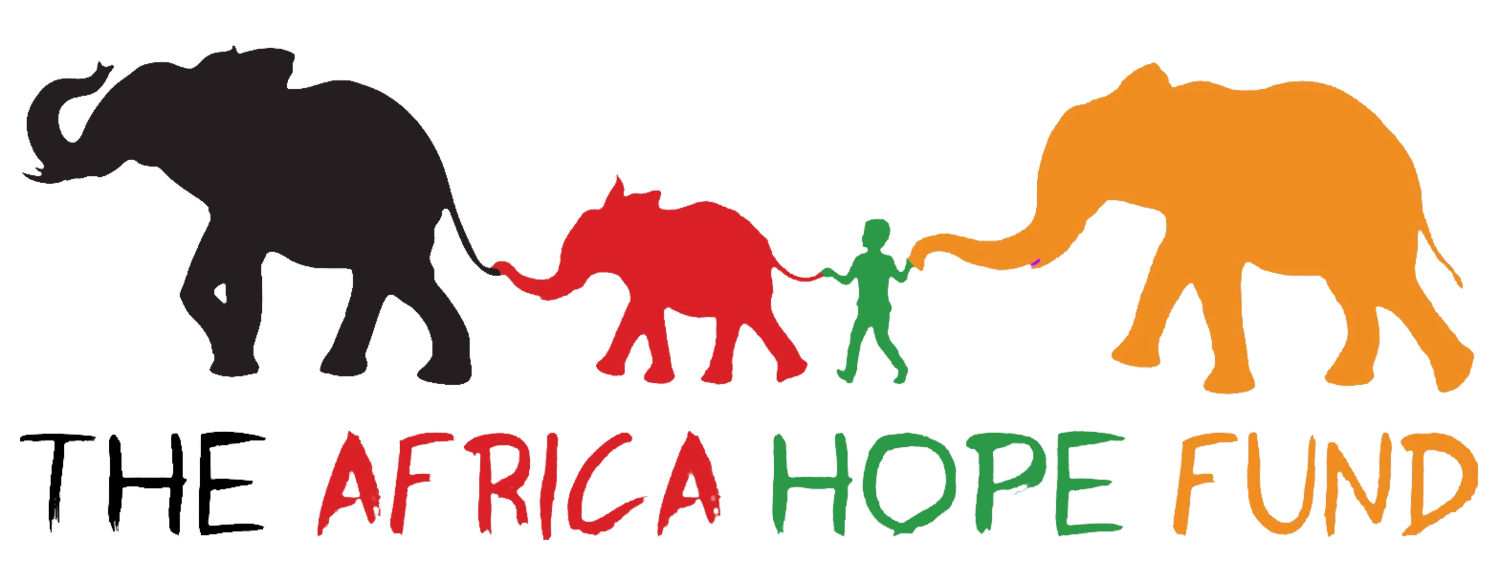THE NATURE OF IT ALL
We are still on our first early morning guided walk. When we moved out from the woods into more wide-open grassy areas Manda, our guide, had us each hold one strand of grass seed pulled from the top of a large, tall stand of grasses called tanglehead. The seeds are like sharp miniature spears attached to a horsehair-thick shaft which falls to the ground during the dry season. When we held the hard, small, pointy seed between our fingers and moistened the blade of wiry grass attached to it with a bit of spit, the shaft turned and twisted into a corkscrew as we watched. It was ready to screw itself into the ground when the rains came.
We also stopped and looked at several piles of bleached white bones and Manda had us try to guess what animal belonged to each set of bones. The Cape buffalo was easy to identify; their skulls usually still have horns that meet nearly in the middle on top of the skull to look a little like a bad toupee. We saw an elephant’s bones and surmised that it died from old age because the teeth on the bleached-out jawbones were worn down so much as to be useless, leaving the elephant to starve. These must have been bones from an old elephant because, unlike humans, elephants have six sets of molars over their lifetime. As one set wears down, another replaces it.
Written by Patricia Cole
An Africa Hope Fund board member for 7 years, Pat is a writer and a conservation activist. After traveling to Zambia, she became dedicated to helping Africa Hope Fund provide education to the next generation of Africans and ensure their future by protecting wildlife. Find Patricia on Facebook and Twitter, or on her websites www.writepatwrite.com and www.patmcole.com

